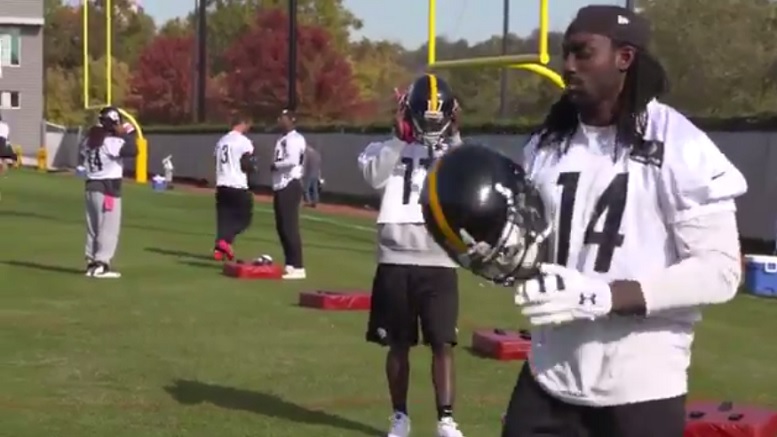The last time the league and the Players’ Association had to hammer out a new Collective Bargaining Agreement, it proved to be deeply contentious and devolved into a lockout during the 2011 season, only being rectified late in the offseason process in time for the start of the regular season, which curtailed the majority of the offseason activities, including signing undrafted free agents.
But when all was said and done, the two sides worked out a new 10-year commitment that has generally been satisfactory, though with inevitably grumblings from either side on one issue or another on which they felt that they gave up too much.
One of the big sticking points for the players is that they felt the new CBA provided the league and the commissioner with too much power—yet the Pittsburgh Steelers were the only team not to approve it. On the other side of the coin, the coaches and teams are wondering why they have so little access to their players.
Under the new CBA, offseason activities were sharply cut in the name of player safety, an issue the Players’ Association bargained for. The program shrank from 14 weeks to nine, with four weeks consisting of four-hour days with minimal player-coach interaction. Two-a-day practices in training camp were eliminated, and the number of practices that could feature full pads was reduced.
This has been a concerning issue for coaches since the CBA passed, and many believe that the reduced practice opportunities has resulted in not only an overall decline in play around the league, but has also curtailed the development of young players simply because they don’t have enough reps to sufficiently improve to a point where the team can justify continuing to hone his skills.
While there isn’t anything that can be done about it right now—the CBA is not scheduled to be renewed until 2020, at which point negotiations to alter the arrangement will begin in earnest—there are a number of coaches who are working now to change the view on this aspect of the agreement in preparation for what’s to come.
Among those coaches speaking out are Marvin Lewis of the Bengals and John Harbaugh of the Ravens, a couple of AFC North rivals. But they are not alone, and many coaches have relayed stories to Monday Morning Quarterback of players asking them why they can’t work with them, and of having to put up their own expense to hire trainers in the offseason to get in the work that they need to be prepared to play and to develop the skills that were formerly honed on the team’s practice field.
I suspect that even many in the Players’ Association might agree that the curtailing of practices went too far last time, to the point at which it hurts younger players on the fringes of rosters, preventing them from being able to fairly compete because they are not given enough of an opportunity. I would expect practice access during the offseason to be expanded under the new CBA, even if it is still a ways away yet.








